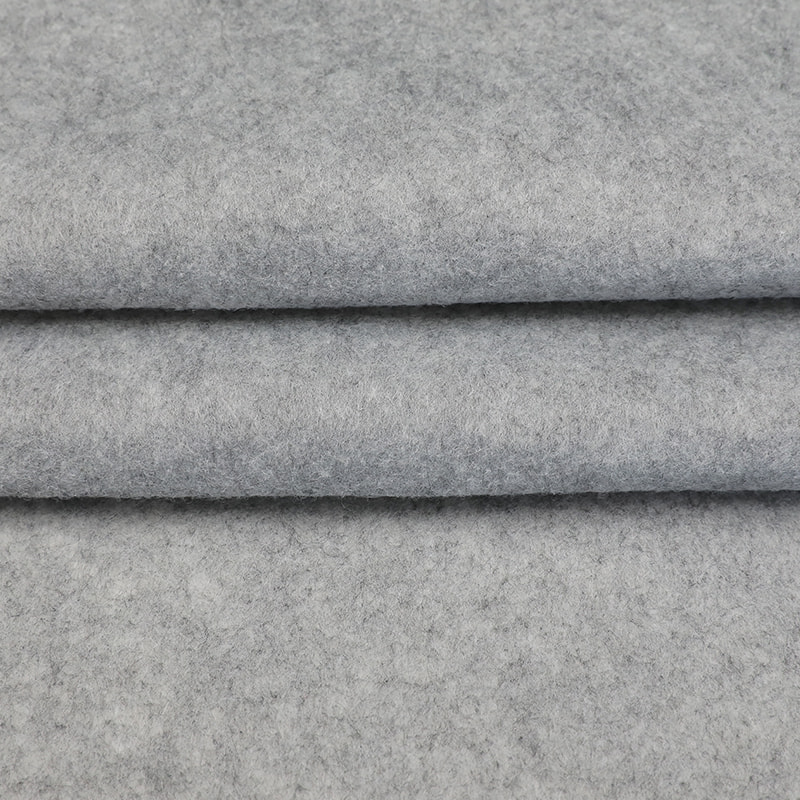The burgeoning adoption of natural and bio-based fibers within the nonwoven sector is propelled by a confluence of ecological and societal factors. Increasing concerns about the deleterious environmental impact of synthetic fibers, particularly their contribution to microplastic pollution, have catalyzed a widespread pivot towards more sustainable alternatives. The push for a greener, more environmentally conscious future is unmistakable, but this transition towards the use of natural fibers is not without its complexities.
Fibers derived from nature, such as cotton and hemp, present inherent variability in their characteristics. Influencing factors like climatic conditions, soil composition, and the genetics of the plants themselves all contribute to fluctuations in fiber length, tensile strength, and processing behavior. This natural variability introduces challenges in achieving a consistent product quality in nonwoven fabrics. In stark contrast, synthetic fibers such as polyester and polypropylene are manufactured through a precise and controlled polymerization process, ensuring uniformity in their properties. This uniformity simplifies the manufacturing process and guarantees dependable performance, making synthetic options attractive for manufacturers seeking consistency.

Despite the challenges, the importance of prioritizing natural fibers over synthetic counterparts cannot be overstated. By reducing reliance on materials that persist in the environment as non-biodegradable waste, the nonwoven industry can play a pivotal role in promoting ecological balance and fostering a sustainable, circular economy. The future lies in the conscious selection of renewable fibers that not only enhance product performance but also contribute to mitigating the environmental impact of nonwoven materials.

 English
English Español
Español Deutsch
Deutsch عربى
عربى














